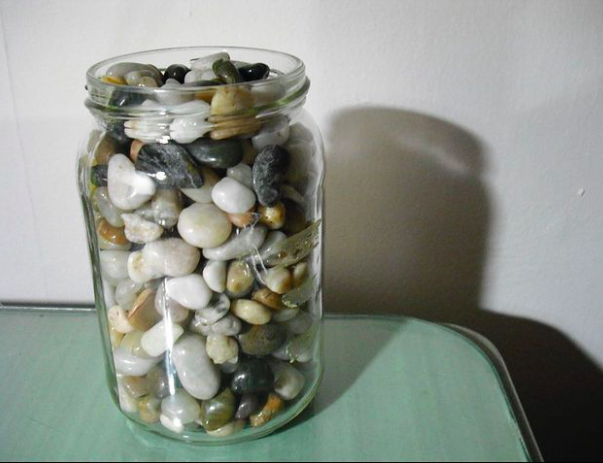A play-based approach to martial arts training can be a powerful tool for developing strength and overall physical fitness. By incorporating games and challenges into training sessions, martial artists can engage their bodies and minds in a way that promotes natural strength development. For example, obstacle courses designed to mimic real-world combat scenarios can help build explosive power, agility, and endurance. Additionally, partner drills that involve grappling or striking can improve strength and muscle tone through dynamic resistance.
Furthermore, play-based training fosters a sense of fun and excitement, making it easier for martial artists to stay motivated and consistent with their training. This increased engagement leads to greater effort and intensity, which ultimately translates to faster progress. By focusing on skill development and creative problem-solving within a playful context, martial artists can unlock their full potential and achieve significant physical and mental gains.




